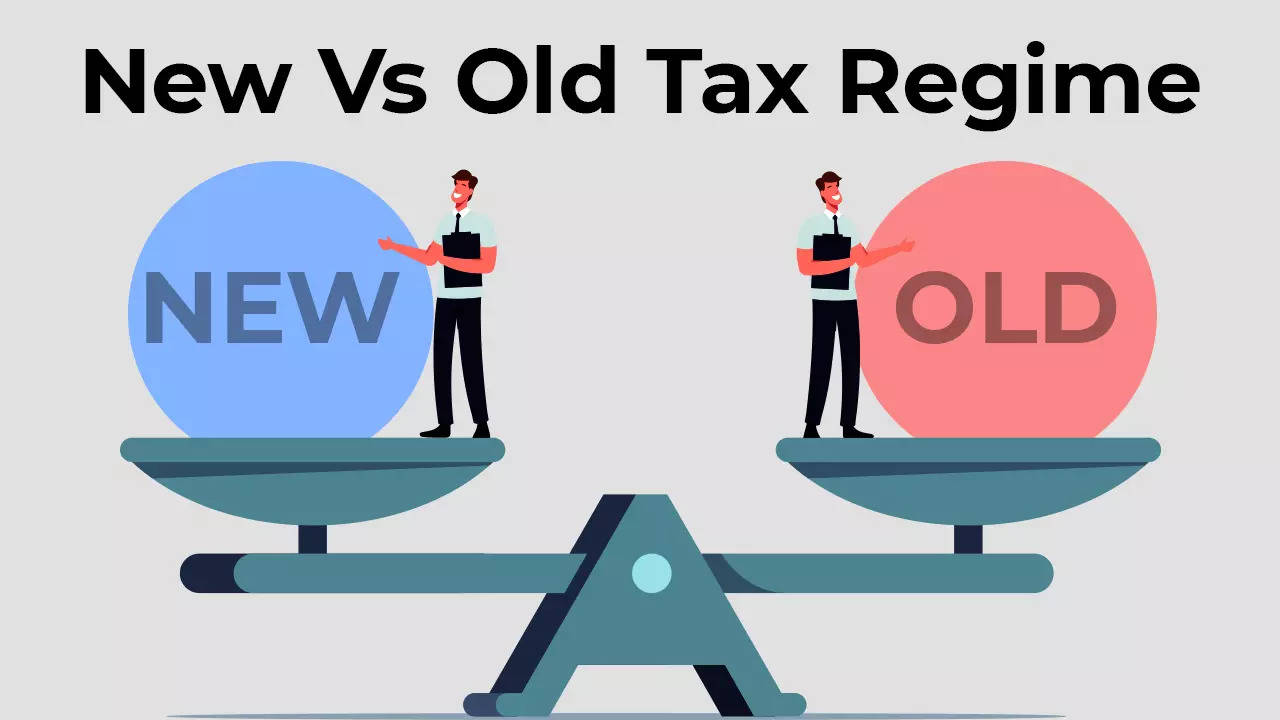This choice is a one-time decision for taxpayers, as per the Central Board of Direct Taxes.Unlike previous years, where submission of investment declaration was flexible, the deadline is now in the first month. Once a taxpayer selects an income tax regime, their income will be taxed accordingly, with the option to switch during the next year’s tax return filing.
One very important thing to note is that the default option is now the new tax regime, and those who miss the deadline will automatically be placed under it.
New Income Tax Regime Versus Old Income Tax Regime
The new income regime offers wider tax slabs and lower rates but lacks many deductions like HRA, LTA, and deductions for investments, insurance and loan interests. On the other hand, no proof of investments or expenses is required.
Income Tax Slabs 2024-2025 For New Income Tax Regime
Income Tax Slabs 2024-2025 For Old/Regular Tax Regime
Chartered accountant Karan Batra told ET that the new income tax regime benefits young earners and senior citizens who prefer not to tie up funds in tax-saving instruments. Additionally, renters facing challenges in providing rent-related documents, PAN of landlord etc. will find the new income tax regime convenient.
Also Read | Income Tax Rules FY 2024-25: New vs old tax regime – 6 rules salaried individuals should know
The old income tax regime, however, has its own set of advantages. Income Tax relief under Section 87A is available if the taxable income remains below Rs 5 lakh after deductions. Interestingly, TaxSpanner.com CEO Sudhir Kaushik points out that utilizing all exemptions and deductions can reduce the tax to zero for taxpayers with incomes up to Rs 10 lakh! Take a look at the table below to understand this better:
*After full tax relief under Section 87A
Under the new income regime, no tax is applicable if the taxable income is less than Rs 7 lakh, with a standard deduction of Rs 50,000 for salaried taxpayers. This means individuals with taxable incomes up to Rs 7.5 lakh will pay zero tax without the obligation to invest in tax-saving schemes.
